Training a dog can sometimes feel overwhelming and frustrating, especially if you don’t know where to begin or what methods to use.
Many dog owners ask themselves, How to train my dog? because they want a well-behaved, happy pet but struggle with inconsistent results. The good news is that with the right approach, training your dog can become an enjoyable and rewarding experience for both of you.
Understanding the basics of dog training is key to building a strong bond and helping your dog learn commands, manners, and good habits. Whether you have a playful puppy or an adult dog, knowing how to communicate clearly and use positive reinforcement will make a huge difference.
In this article, you’ll discover simple and effective tips on how to train my dog step-by-step. From teaching basic commands to handling common behavioral problems, this guide will provide practical advice anyone can follow.
You don’t need to be a professional trainer to help your dog learn; with patience and consistency, you can achieve great results and enjoy a well-trained furry friend.
Understanding Your Dog’s Behavior
Before starting any training, it’s important to understand your dog’s behavior. Dogs learn through repetition and rewards.
They respond well to positive reinforcement like treats, praise, and playtime. Negative reactions such as shouting or punishment usually cause confusion and fear, making training harder.
Each dog is different, so be patient and adjust your training methods to your dog’s personality. Puppies may need shorter training sessions, while adult dogs might need more time to unlearn bad habits.
Step-by-Step Guide on How To Train My Dog
Training your dog involves teaching basic commands, correcting unwanted behavior, and building good habits. Below is a step-by-step guide to get started:
Start With Basic Commands
Teaching simple commands like sit, stay, come, and down helps your dog understand what you expect. Use clear, short words and gestures.
Use Positive Reinforcement
Always reward your dog immediately after they follow a command correctly. Use treats, toys, or verbal praise like “Good boy!” This encourages them to repeat the behavior.
Be Consistent
Use the same words and gestures every time you train. Consistency helps your dog understand commands faster.
Training Sessions Short
Dogs have a short attention span. Limit sessions to 10-15 minutes, 2-3 times a day, to keep your dog focused and eager to learn.
Gradually Increase Difficulty
Once your dog masters a command in a quiet room, practice in more distracting environments like parks or busy streets to strengthen their obedience.
Avoid Punishment
Instead of scolding, redirect your dog’s attention when they behave badly. For example, if they jump on guests, ask them to sit and reward the calm behavior.
Socialize Your Dog
Socialization helps your dog behave well around people and other animals. Take your dog to dog parks or arrange playdates to expose them to new situations.
Common Commands and How To Teach Them
Here are some of the most important commands to teach your dog and simple methods to train them:
| Command | What It Means | How To Teach It |
|---|---|---|
| Sit | Your dog sits down and stays calm | Hold a treat above their nose, move it back over head, say “Sit,” reward when they sit. |
| Stay | Your dog remains in place | Ask your dog to sit, say “Stay,” take a step back, reward if they stay still. Gradually increase distance. |
| Come | Your dog comes to you | Call your dog’s name and say “Come,” reward when they approach. Practice indoors then outside. |
| Down | Your dog lies down | From a sitting position, hold a treat near the floor, say “Down,” reward when lying down. |
| Leave It | Your dog ignores an object | Show a treat, then hide it and say “Leave it,” reward when your dog looks away or stops trying to get it. |
Training these basic commands is the foundation of good behavior and safety.
Tools That Help When Learning How To Train My Dog
Using the right tools can make training easier for both you and your dog. Here are some common items:
- Clicker: A small device that makes a clicking sound to mark correct behavior, paired with a treat reward.
- Leash and Collar: Helps guide and control your dog during outdoor training.
- Treats: Use small, tasty treats that your dog loves to motivate them.
- Training Mat or Bed: Teaches your dog to relax and stay in one spot.
- Toys: Reward your dog with playtime as a form of praise.
Troubleshooting Training Problems
Even with the best efforts, sometimes training gets tricky. Here are common problems and how to fix them:
| Problem | Cause | Solution |
|---|---|---|
| Dog won’t come when called | Distraction or fear | Practice in low-distraction places; use high-value treats. |
| Excessive barking | Boredom or anxiety | Provide more exercise and mental stimulation; train “quiet” command. |
| Chewing furniture | Teething or boredom | Give chew toys; keep valuables out of reach. |
| Pulling on the leash | Lack of leash training | Use “stop and go” method; reward walking calmly. |
| Ignoring commands | Inconsistent training | Be patient, use consistent commands and rewards. |
Remember, patience and kindness are key when figuring out how to train my dog effectively.
Building Good Habits Beyond Basic Commands
Training isn’t just about commands it’s also about shaping good habits in daily life. Here are habits to encourage:
- Regular Exercise: A tired dog is a well-behaved dog. Daily walks and playtime help burn excess energy.
- Crate Training: Helps your dog learn to stay calm and safe when alone.
- Proper Feeding Routine: Feeding at the same time each day teaches discipline.
- House Training: Take your dog outside frequently and praise them for going potty outdoors.
- Respecting Personal Space: Teach your dog to wait patiently before jumping on people or furniture.
FAQs
How long does it take to train my dog?
Training time varies depending on the dog’s age, breed, and temperament. Basic commands like “sit” or “stay” can take a few days to a couple of weeks with consistent practice. More complex behaviors or correcting bad habits may take several weeks or months. Patience and regular short training sessions are key to success.
What is the best age to start training my dog?
The best time to start training your dog is as early as possible, ideally when they are a puppy around 8 weeks old. Early training helps puppies learn good habits and socialize properly. However, adult dogs can also learn new commands with patience and consistent training techniques.
How often should I train my dog each day?
Short and frequent training sessions work best. Aim for 10 to 15 minutes per session, 2 to 3 times a day. This keeps your dog engaged without overwhelming them. Consistency over time is more effective than long, tiring sessions.
What if my dog doesn’t listen during training?
If your dog isn’t responding, consider distractions or unclear commands. Make sure training is done in a quiet place and use simple, consistent words. Reward even small progress with treats or praise. Patience is crucial dogs learn at their own pace.
Should I punish my dog for bad behavior during training?
Punishment is not recommended because it can create fear and confusion. Instead, focus on positive reinforcement reward good behavior and redirect your dog’s attention when they misbehave. This approach builds trust and encourages lasting behavioral change.
Final Thoughts
Knowing how to train my dog effectively is one of the best investments you can make for a happy and well-behaved pet. With patience, consistency, and positive reinforcement, any dog can learn essential commands and good habits that make life easier for both owner and dog.
Remember, training is not a one-time event but an ongoing process that strengthens your bond and builds trust. By following the steps and tips shared in this guide, you’ll be well-equipped to handle common challenges and create a training routine that fits your dog’s unique personality.
Keep sessions short, stay consistent, and always reward good behavior to encourage learning. When you commit to understanding your dog and applying the right techniques, you’ll find that training becomes a rewarding journey.
If you’re wondering how to train my dog, the answer lies in patience, practice, and positive communication, the foundation for lifelong success.
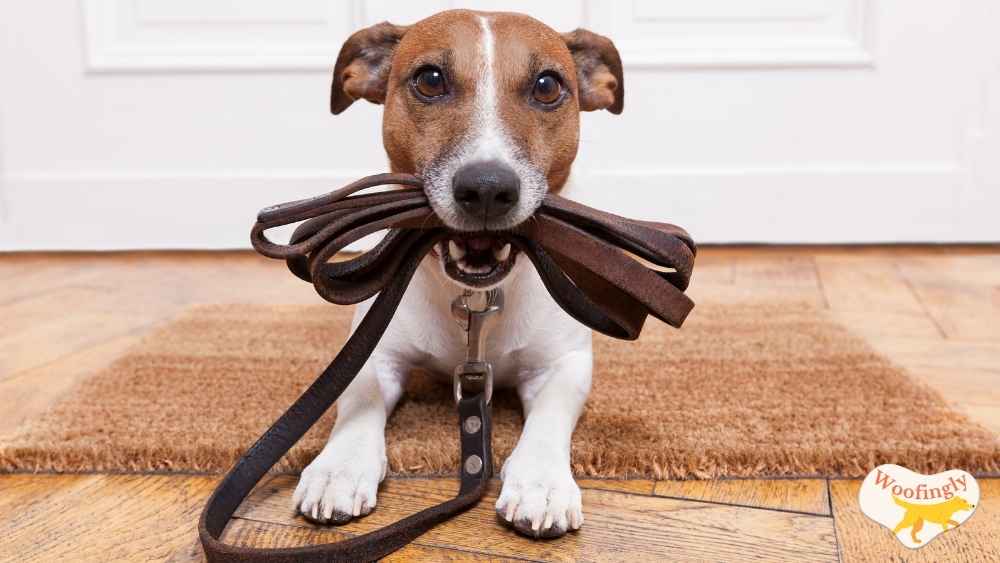
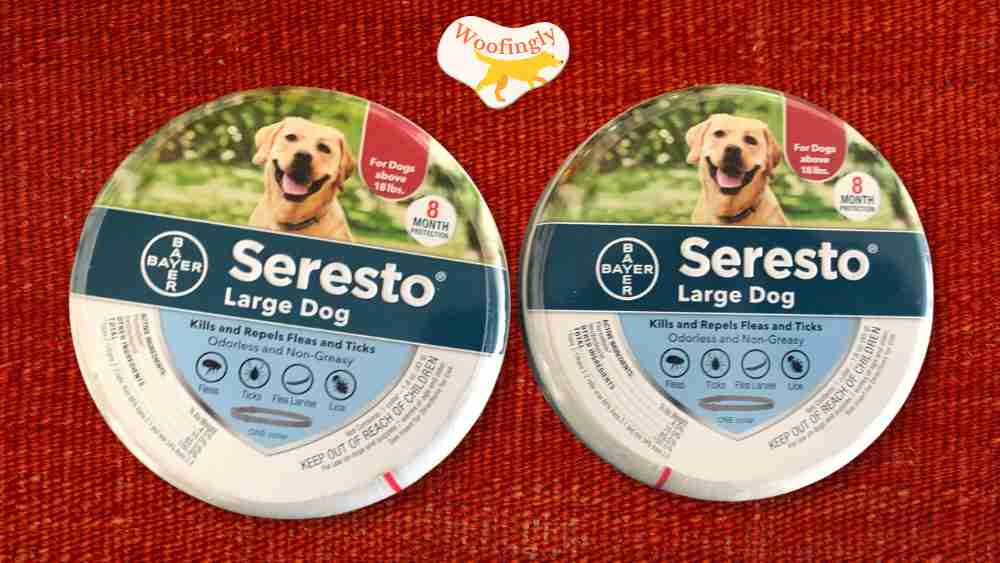
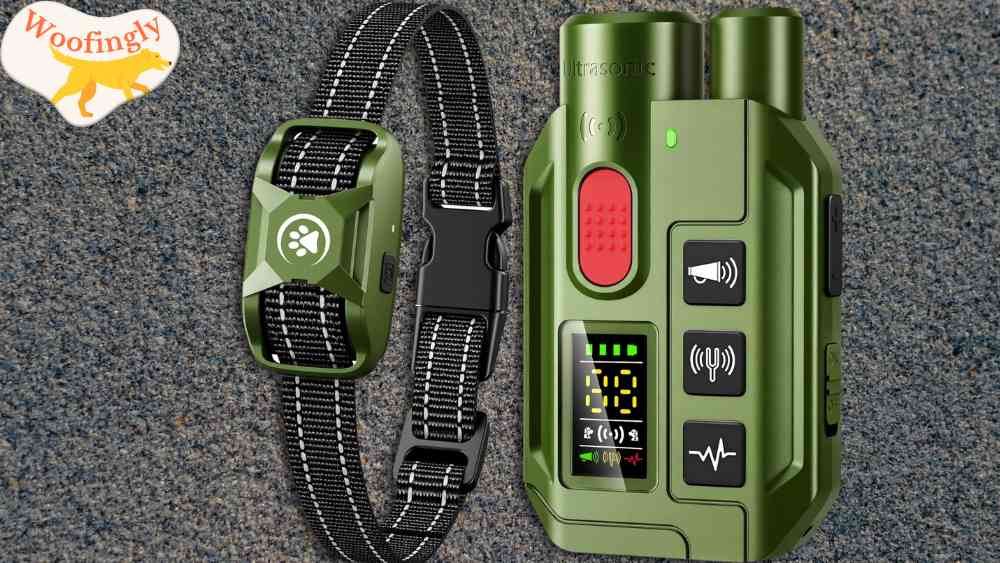
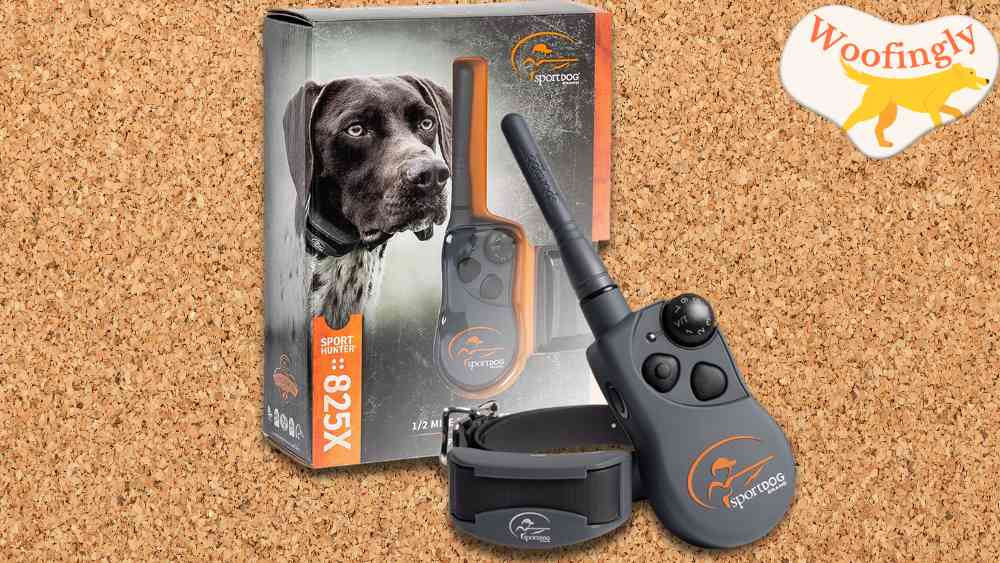
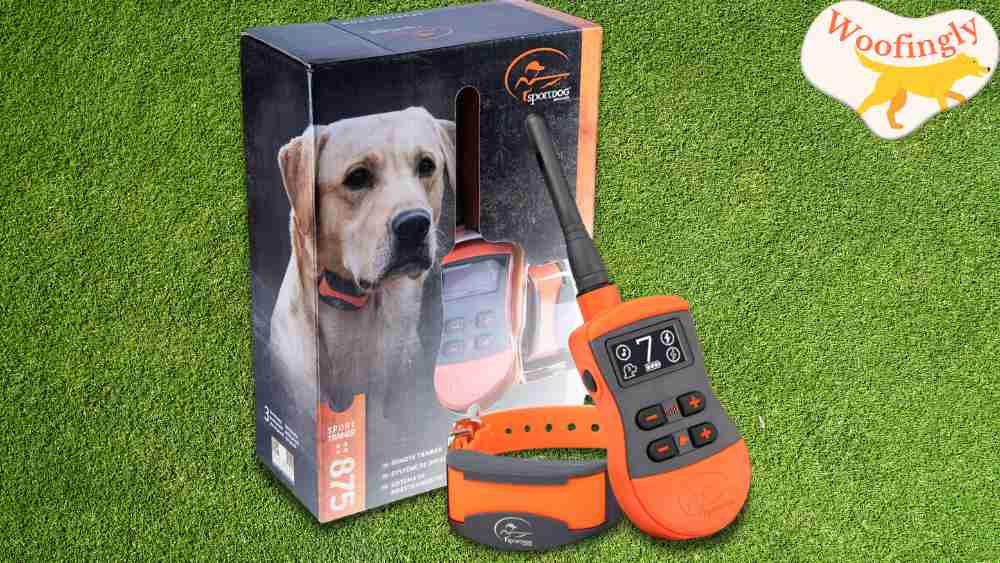


Leave a Reply